
Be open to silliness — and be silly yourself. “Model and speak the idea that there’s nothing more delightful, honorable and praiseworthy than being willing to be wrong, wacky and cut against the grain,” Liu says. “Parents are under so much pressure in the arms race of educational experience, and that breeds a real conformity. It’s high-end conformity, but it’s still conformity, and that saps the spirit of imagination.”
Make imagination a part of the routine — and don’t be worried about mess. “Have creative materials handy,” suggests Morgenweck. “Have a place where they can slop and mess around.” Morgenweck’s classrooms always include an “invention box”: a cardboard box full of cast-off and recycled objects, such as coffee-creamer lids, pipe cleaners, strawberry containers and painter’s tape — simple (and cheap!) items that can be used for inventing at home, too.
“Live it more,” says Shelley Thomas, an art teacher who owns Early Masters Art School in Seattle. “Go to the library together and get excited about a topic. Say, ‘We’re going to find everything we can about the Greeks,’ and then just have a week where everything is Greek, and you make Greek food and you make an olive-leaf crown.
“Celebrate their creativity and their imagination by making it come alive.”
And don’t lose sight of your own role in all of this, says Hartzell, whose book, The Virtue of Play, will be published in 2010 by ParentMap Books. “The biggest mistake you can make as a parent is to not be brave yourself. Be imaginative, and be willing to play and use your own imagination and engage with the child.”
After all, when kids’ imaginations are turned on, the results can be surprising. “A few weeks ago, I was teaching a class on [abstract expressionist] Mark Rothko,” says Thomas. “I was showing one painting and trying to explain, and a child raised her hand and said, ‘It looks like a door to heaven to me.’ And I thought ‘Class is over.’ The fanciest art critic couldn’t have said it better.”
“Every one of us is a creative, imaginative person,” says Eisenhower. “It’s in each of us. How it’s cultivated, what we do with it — and whether we can hold onto it as we grow up and as we learn — that’s the key.”
Read the rest at ParentMap.
Thanks, Columbus Museum of Art.

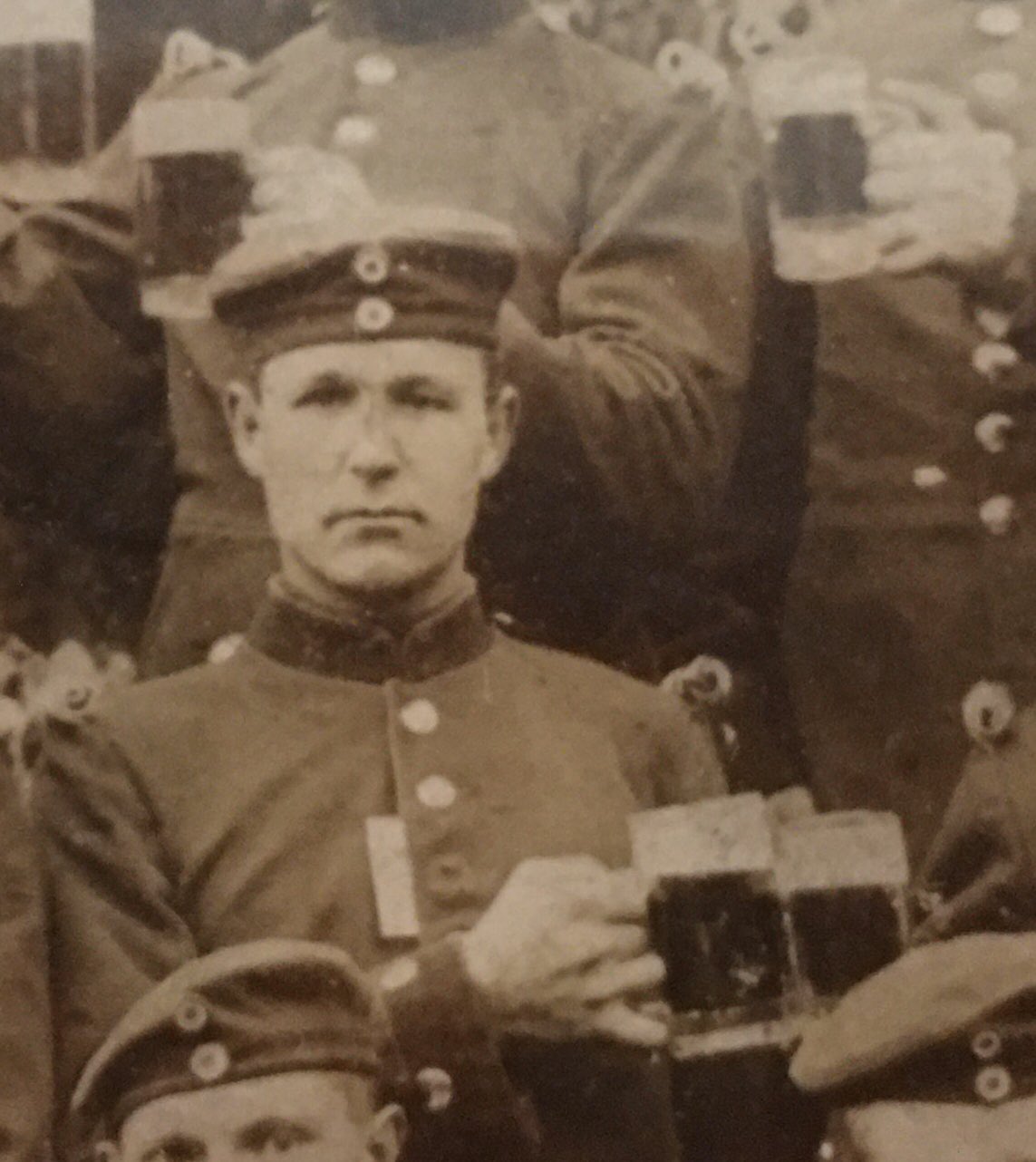







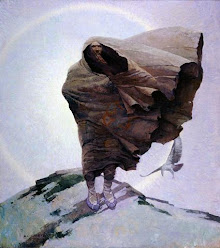













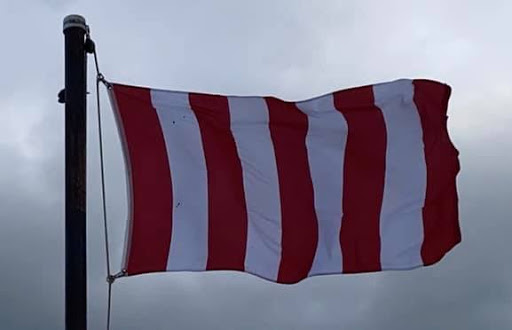
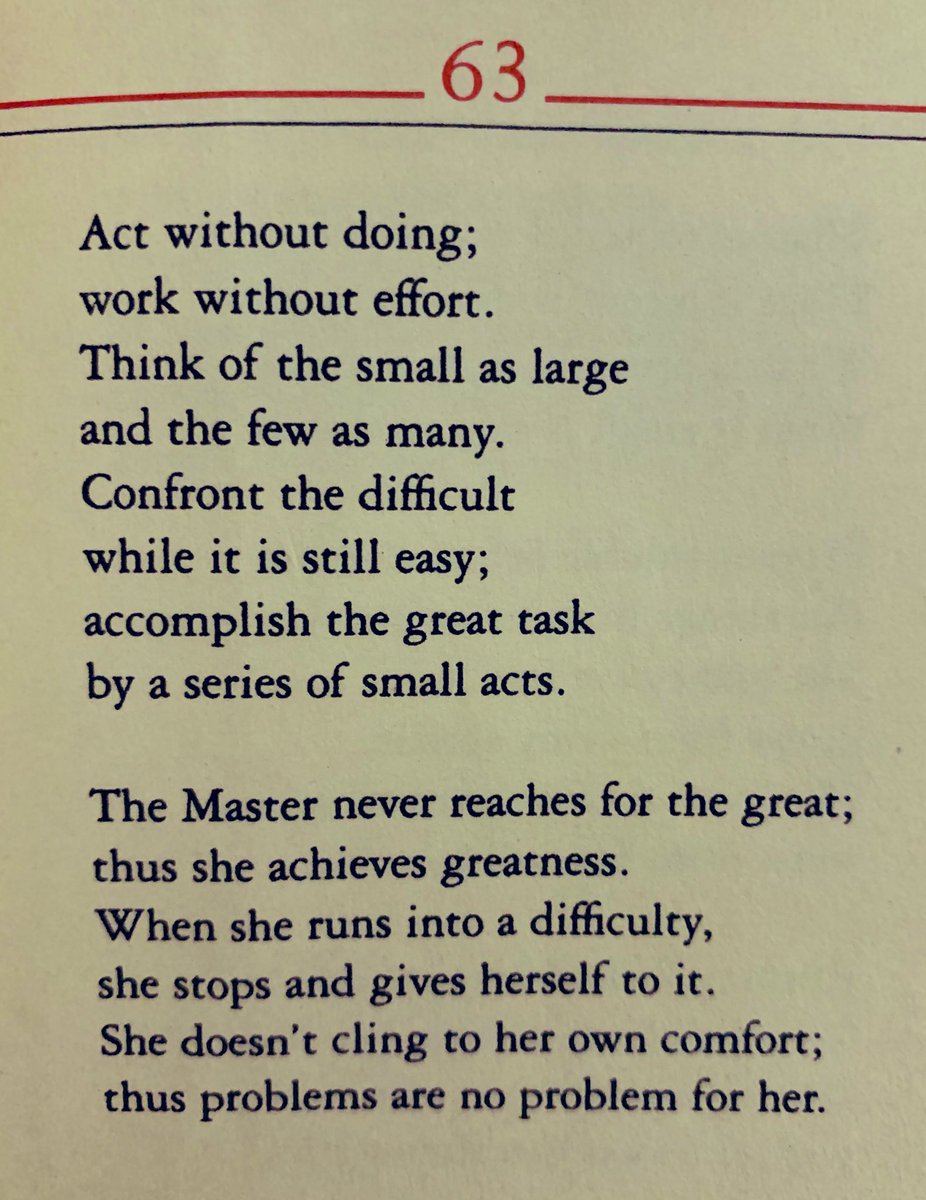









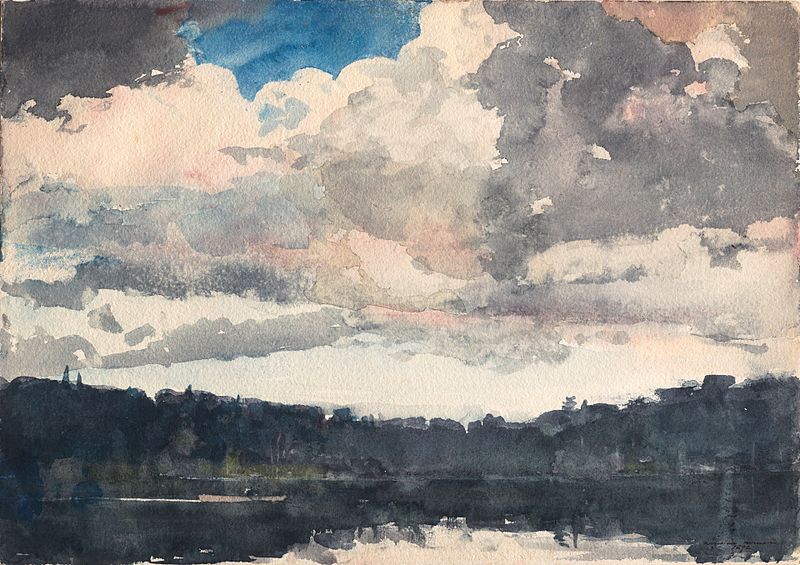





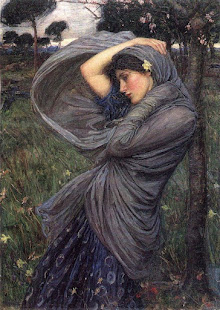












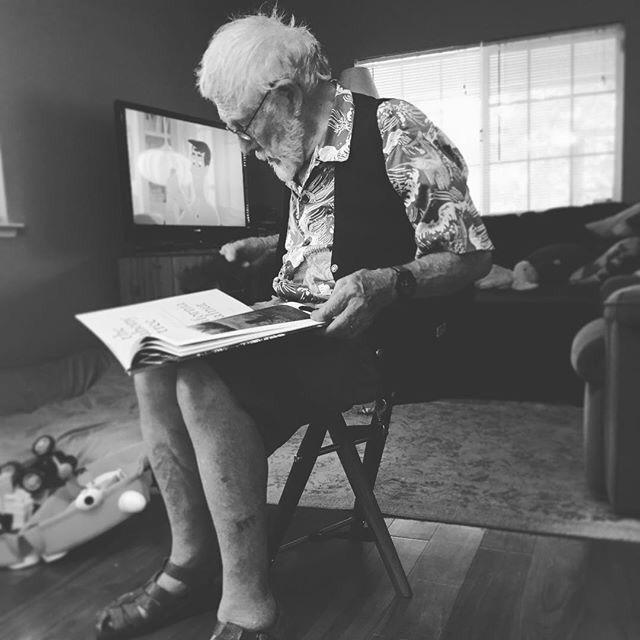

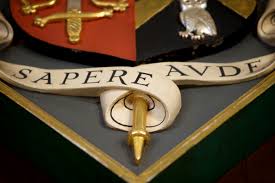






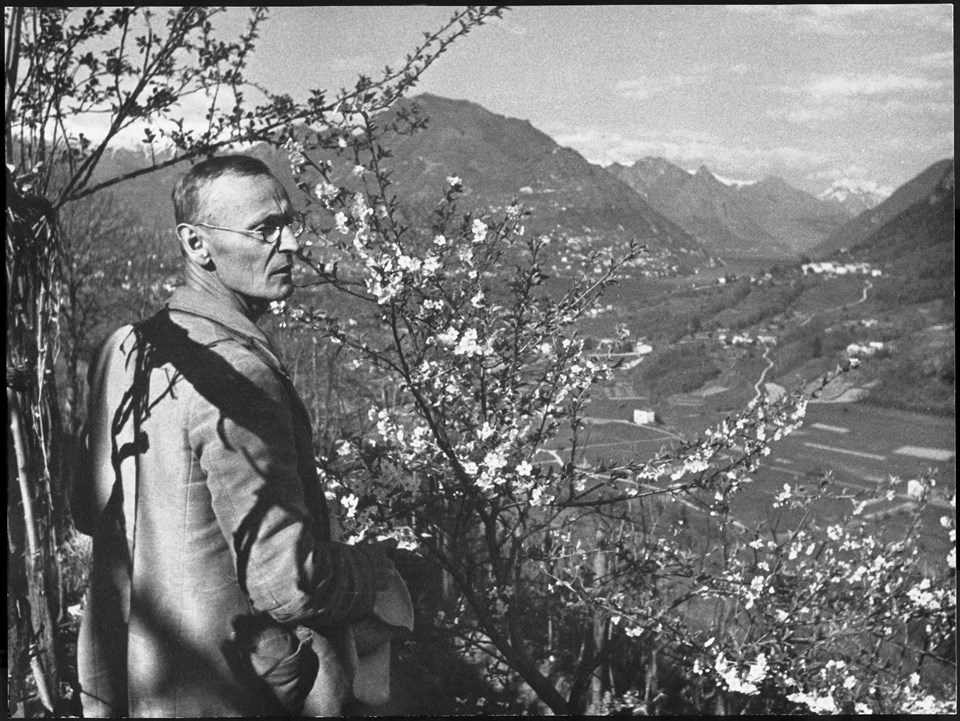


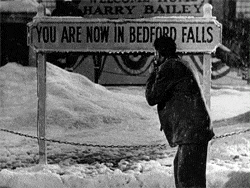







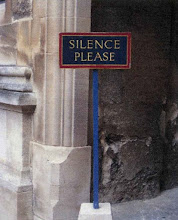









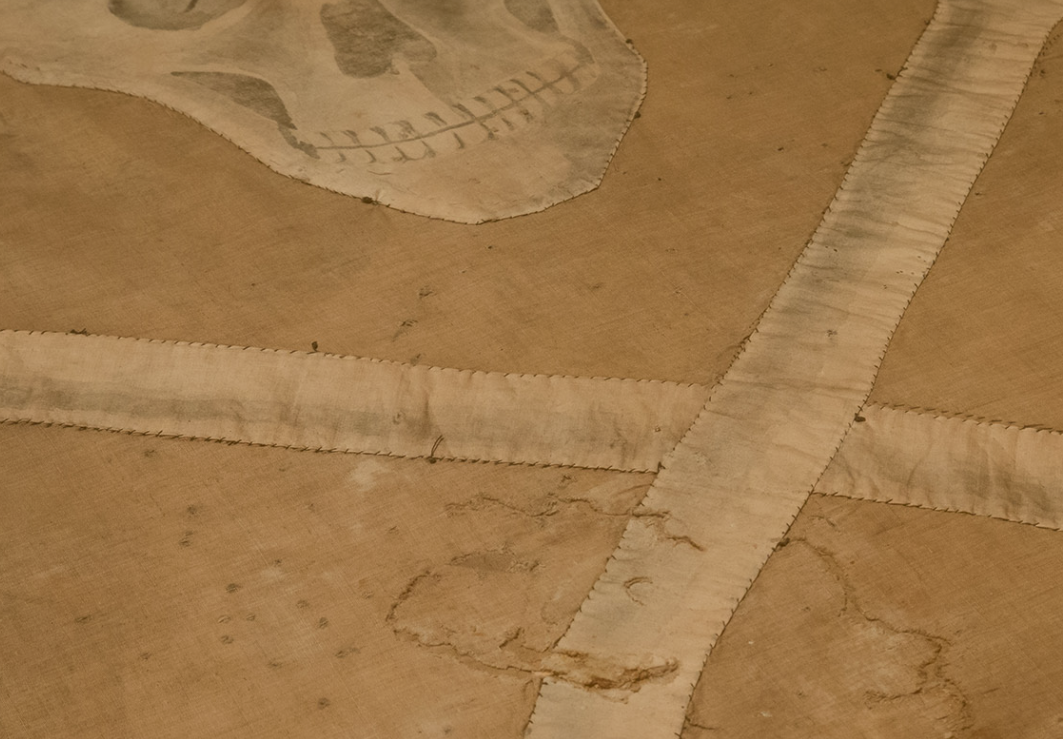

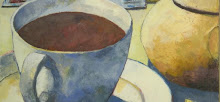
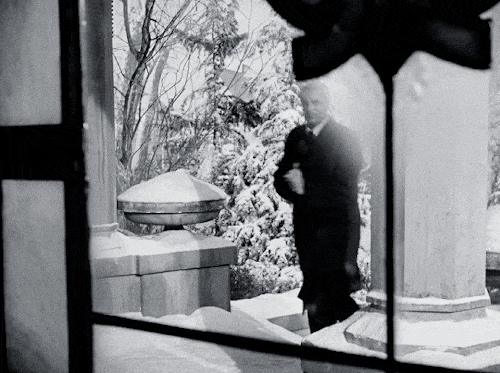


















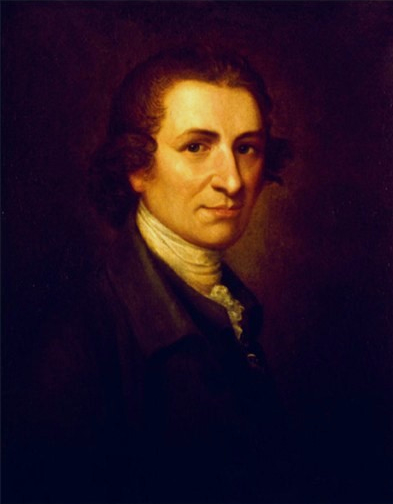


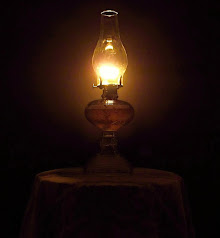



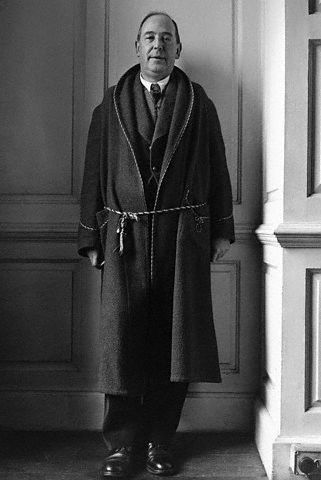



No comments:
Post a Comment